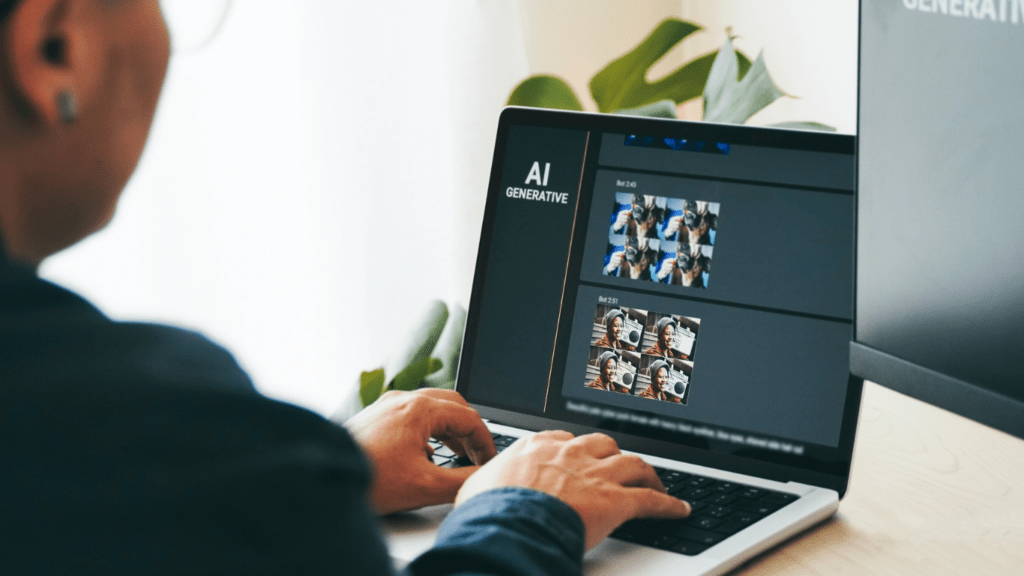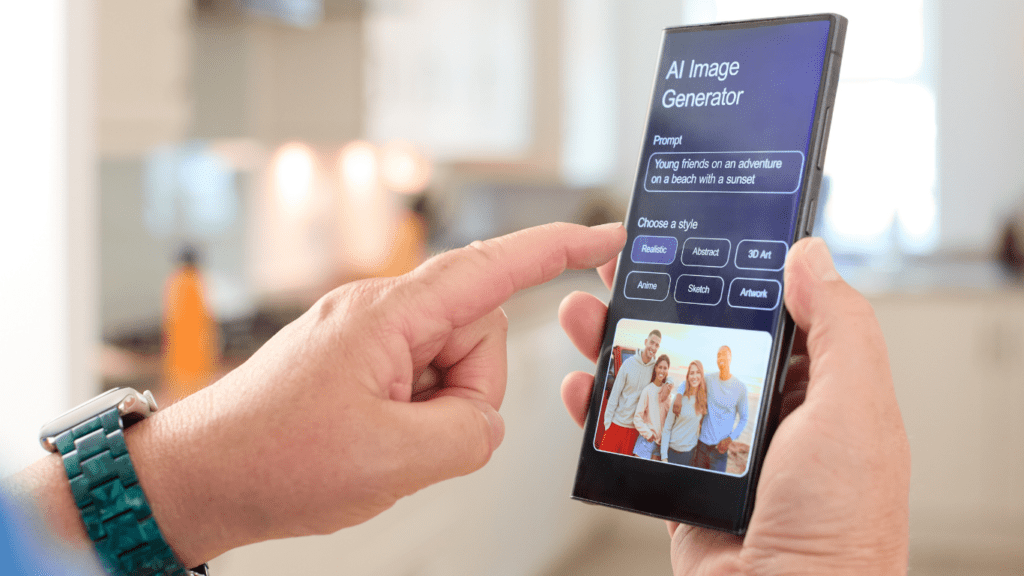Photography’s evolving faster than ever, and AI is at the heart of this transformation. From automated editing tools to smart composition suggestions, artificial intelligence is reshaping how we capture and enhance images. It’s no longer just about having a good eye; it’s about understanding the tech that’s redefining creativity.
Understanding AI-Driven Photography
AI-driven photography integrates artificial intelligence into the processes of capturing, editing, and enhancing images. These technologies enable photographers to work smarter, producing high-quality results with greater efficiency.
What Is AI in Photography?
AI in photography refers to the use of machine learning algorithms and neural networks to improve image quality, automate editing, and enhance shooting techniques. Software can analyze image data and apply adjustments like exposure correction, noise reduction, or object recognition. For instance, tools like Adobe Lightroom’s AI-powered masks automatically detect people or skies in a photo for targeted edits. Cameras equipped with AI technology can track subjects, optimize shooting modes, or ensure perfect focus.
Key Benefits of AI in Photography
- Improved efficiency: AI automates time-consuming tasks like sorting large image batches or applying consistent edits across multiple photos. For example, AI-powered tools can apply color grading to hundreds of images within minutes.
- Enhanced quality: AI enhances details, removes distractions, and applies precise adjustments that often surpass manual efforts. Tools like Topaz Labs enable users to upscale low-resolution images or reduce noise.
- Smart recommendations: AI tools analyze photographic elements, suggesting optimal angles, compositions, or lighting adjustments in real time. Smartphones often utilize AI for automatic scene detection and dynamic adjustments.
- Accessibility: AI democratizes photography by lowering technical barriers. Beginners can achieve professional-grade results with minimal effort using platforms like Luminar Neo for advanced editing.
These benefits make AI-driven techniques essential for photographers aiming to adapt and excel in modern photography.
Emerging AI Techniques in Photography

AI is transforming photography with groundbreaking advancements that redefine editing, composition, and scene interpretation. These techniques enable photographers to create captivating visuals with efficiency and precision.
AI-Enhanced Image Editing
AI-powered tools streamline editing by automating complex adjustments like color grading, noise reduction, and skin retouching. Software such as Adobe Photoshop and Luminar Neo uses machine learning to suggest edits and apply them with precision. For example, facial features can be refined without affecting surrounding details, maintaining a natural look. This saves time while delivering professional-quality results.
Object Recognition and Scene Understanding
AI systems identify and analyze elements within an image, understanding objects, scenes, and contexts. Tools like Google Photos and NVIDIA’s AI-based editing solutions categorize images and highlight relevant details. In real-time shooting, AI informs photographers about lighting conditions, object placement, or optimal angles. For instance, it can identify portraits within a cluttered scene and suggest focal points to enhance image clarity.
Automated Composition and Framing
AI-driven algorithms optimize composition by aligning shots with established photographic principles like the rule of thirds or golden ratio. Built-in camera features in smartphones and advanced cameras guide framing adjustments dynamically. Applications like Canva or Snapseed simulate cropping and adjustments to improve balance and symmetry. These tools enhance both efficiency and creativity, especially in dynamic shooting conditions.
Tools and Software for AI-Driven Photography
AI-driven photography tools are reshaping how images are created, edited, and enhanced. Choosing the right software streamlines workflows and enhances creative output.
Popular AI Photography Tools
AI tools enable advanced features like automated editing, object detection, and quality enhancement. Some widely recognized tools include:
- Adobe Photoshop and Lightroom: Incorporates AI-powered features such as auto-mask selection, sky replacement, and neural filters for advanced editing.
- Luminar Neo: Offers AI-driven functionalities like sky AI, mood enhancer, and one-click portrait retouching.
- Topaz Labs Tools: Specializes in AI sharpening, noise reduction, and image upscaling with tools like Topaz Sharpen AI, Denoise AI, and Gigapixel AI.
- ON1 Photo RAW: Includes AI masking and adaptive contrast adjustment for precise image refinements.
- Capture One Pro: Focuses on AI-driven color adjustments and tethered shooting for professional editing setups.
Each of these tools integrates AI to improve efficiency and produce high-quality results while reducing manual workload.
Selecting the Right AI Software for Your Needs
Selecting the best software depends on the specific requirements of your photographic work. I consider these key factors:
- Features: Tools like Photoshop excel at deep editing, while Luminar focuses on simplified, creative enhancements.
- Ease of Use: Beginners benefit from user-friendly interfaces like Luminar Neo, while advanced users prefer highly customizable software like Capture One Pro.
- Speed: For quick processing, tools like Topaz Denoise AI optimize performance within seconds.
- Budget: Free trials or pricing plans like Adobe’s subscriptions accommodate various budget scales.
- Specialization: Specialists prefer Topaz tools for sharpening, upscaling, or noise reduction, but broader software like ON1 Photo RAW serves diverse editing requirements.
Aligning software features with personal photography goals ensures optimal performance and professional results.
How to Master AI-Driven Photography
Mastering AI-driven photography demands combining technical skills with a willingness to adapt. By understanding AI-based features, experimenting with tools, and leveraging automation without losing creativity, photographers can elevate their work.
Learning the Basics of AI Features
Understanding foundational AI capabilities is crucial. AI features like object recognition, scene analysis, and automatic adjustments improve photo quality and reduce manual effort. I always explore these capabilities directly within tools like Adobe Lightroom or Luminar Neo, accessing tutorials or guides offered by the software. Learning terms like “neural networks” and “machine learning algorithms” also helps me grasp how these systems process data and make decisions.
Experimenting with AI Tools
Experimentation accelerates skill development. Using AI-powered tools like Topaz DeNoise AI or ON1 Photo RAW, I test different settings to see how they affect my images. For example, I analyze how AI sharpness adjustments impact portraits or test presets for landscapes. Frequent practice within real-world scenarios helps me understand how to adapt AI features to specific photography genres.
Balancing Creativity with Automation
Combining creativity with automation ensures unique outcomes. While AI excels in tasks like color correction or sky replacement, relying solely on it can make images feel generic. I use AI-generated adjustments as a starting point and refine them manually to infuse my artistic style. For instance, I override automated cropping decisions when they conflict with my creative vision, ensuring the final composition aligns with my intent.




